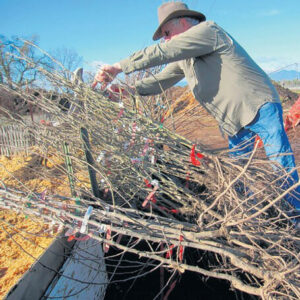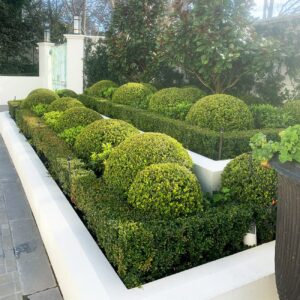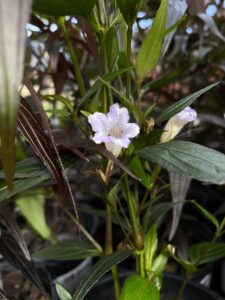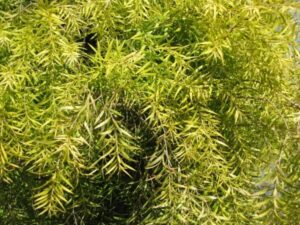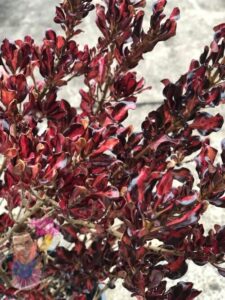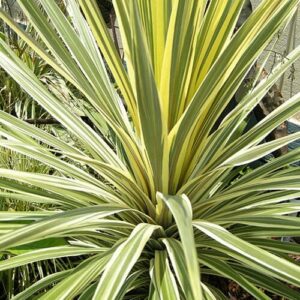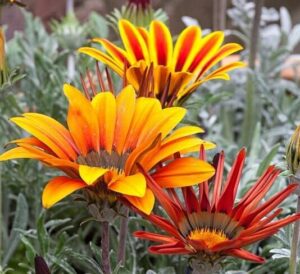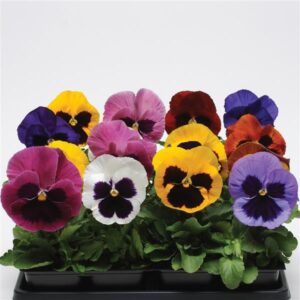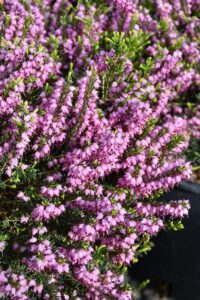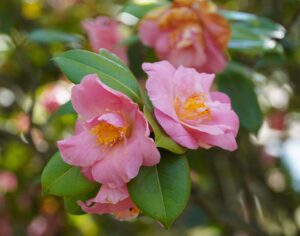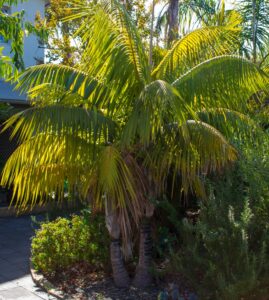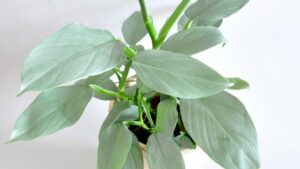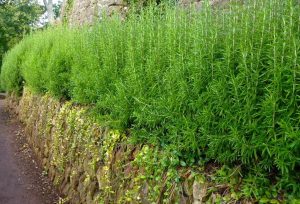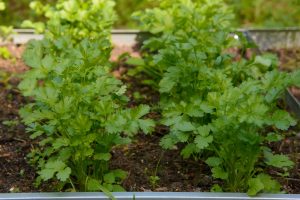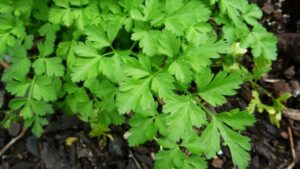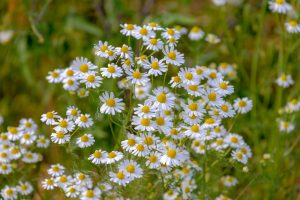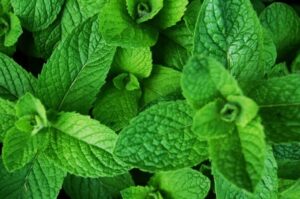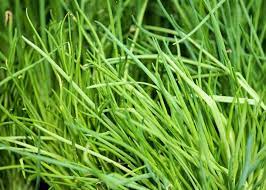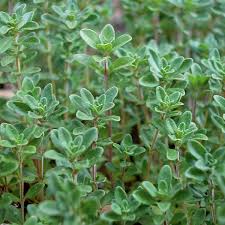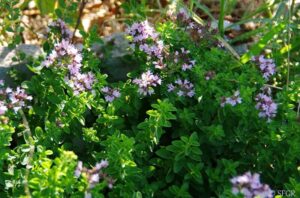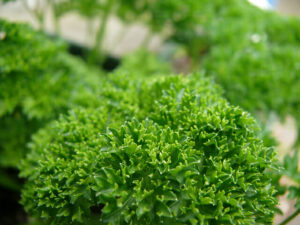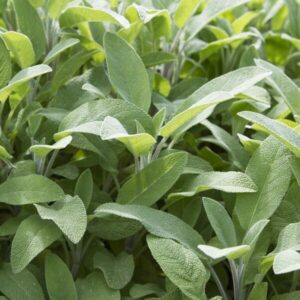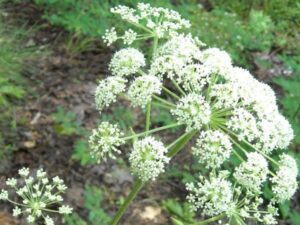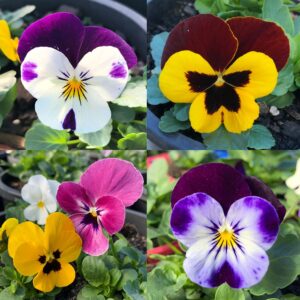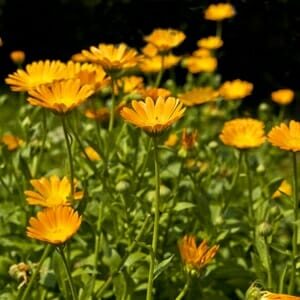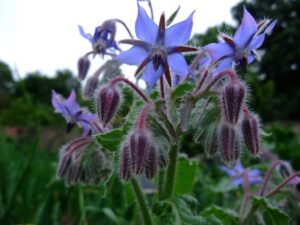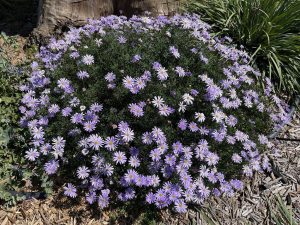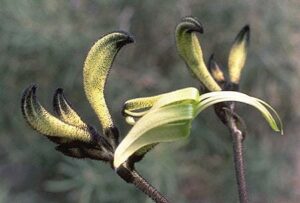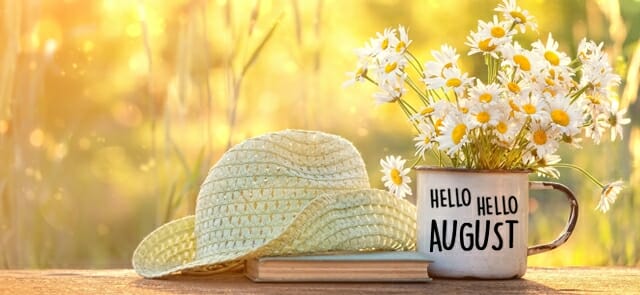
August in the garden 2021!
Hello Hello, dear gardening friends! August is here and we start yet another exciting month in the garden. We are still getting a few frosty mornings in Melbourne, but the days are getting noticeably longer. This is the last month of cold Winter days, and soon we will be in jumping into the most exciting season: Spring! But before Spring gets here, there is a lot to do in the garden, to get it ready for this magical time of the year!
Right now native plants, Azaleas, and Camellias are reaching the end of their flowering season. Acacias and Hardenbergias are putting on dramatic displays and deciduous trees such as cherries and magnolias have swelling buds that are getting ready to burst open revealing their great unique beauty and delightful fragrance.
Despite the cold, we know how eager you are to get into the garden, but where to start? Here are some things to do in the garden:

With our list of things to do, winter will fly by and you’ll be ready to hop into spring!
What’s in store!?
Bare Rooted Trees!
Bare-roots trees and roses are here! In winter, plants go dormant and they transplant much easier than when they’re in leaf. This includes your roses, fruit trees and deciduous ornamentals such as Poplars, Elms, Ash’s and Oaks, just to name a few. Every year, nurseries supply vast amounts of bare-rooted plants at much cheaper prices than if they were in their pots. This is because they are easier to store and transport, thus keeping costs low.
Choose trees with a good structure or framework. Check for any splits. And remember to prune your fruit and ornamental trees back before planting. This pruning is to remove any damaged branches and roots as well as prepare the overall shape for the spring.
We have a big range of bare-rooted fruit trees and ornamental trees already in-store and more coming in pretty soon, so keep an eye out for those on our website. Here are some that we have already received:
Click here to see all our bare root trees!
Bare Root Roses!
We have just received a shipment of thousands of bare root standard roses, so now is the best time of the year to get some in your garden, as they are of great quality. Whether you want 20 of the same colour or perhaps a fantastic mix of different colour roses depending on the garden colour scheme of your choice, you can get all of them in-store here in Campbellfield!
For more on how to plant your Bare Root Roses, Click here!
We have most of the roses in 2ft and 3ft standards with a few 4ft Standards!
To check out our full range of Bare Rooted Roses, Click here!
Get a Free Garden Design
$500 Garden Design Package!
- Is your garden needing a little touch-up or a complete overhaul?
- Are you selling, but the front yard is leaving much to be desired in the sales photo?
- Tired of seeing the same old yard and want to spruce it up?
If you’re starting a new garden bed you a whole new garden, winter can be a great time to start planning it. Where will you plant that new hedge or fix up the old vegetable patch, build up an entirely new garden bed or landscape the whole backyard! We understand that this can sometimes be a little daunting so if you’re unsure, speak to one of our sales staff about our Free Garden Design service with Chris. He will be able to assist you with all your future garden plans!
Garden Stimulus Package
Our Garden Stimulus Deals are still going strong! We have heavily discounted over 70 of our top selling products to make gardening affordable even with a small budget! These products are in-store and ready to be shipped to you in just a couple of days!
Click here to see all our Garden Stimulus Deals!
Winter Garden Colour
Very often we tend to think of winter as being a very dull time of the year for the garden. We have put together a little selection of plants that will flower in winter or just add a splash of colour thanks to their vibrant foliage!
Winter Flowers
Indoor Plants

Some days it is just too cold to be outdoors gardening, and also, not everyone has the luxury of outdoor space for plants. If that is the case for you, you can always get some indoor plants to brighten up your living spaces.
Here are some important tips for indoor plants during winter:
- Indoor plants grow very slowly during winter, so no need to fertilise.
- Prune and remove dead branches to tidy up the plant.
- Keep your plants away from heaters and vents as these cause the plant to dry up and wilt pretty fast. So water your plants sufficiently.
- Keep an eye on the moisture level of the soil to avoid over-watering.
- As the trajectory of the sun has changed in the sky, you might need to move the plants to a sunnier/brighter spot.
- Clean the windows for maximum sunlight and also the leaves of your plants of dust, to allow them to photosynthesise efficiently.
The Vegetable Garden – Herbs
Some great companion plants for all these are herbs are sage, winter thyme, parsley, mint, chives, coriander, dill, oregano, marjoram. They deter pests such as caterpillars. Basil does not tolerate the cold and should be grown in warmer months.
Edible Flowers
Flowers such as Pansies, Violas, Nasturtiums, Calendula and Borage are great for the winter patch! They add colour, diversity, repel pests and most importantly are tasty and pretty additions to salads!
To see our full selection of Fruits, veggies and herbs in store. Click Here!
Native Plants
Native plants are beautiful! They provide shelter and food for wildlife and promote biodiversity and stewardship of our natural heritage. They are unique because they are perfectly suited to the environment that they belong to. This means that they should survive on local rainfall patterns and in the local soil! Here is a selection of the most popular varieties we have in store right now!
Click here to see all of our Natives!
Garden Tasks: Preparing the garden for Spring!
Pruning, Repotting & Weeding
• If you forgot to prune your roses at the end of the last flowering season, you can still do it now, to get them ready for the new spurt of growth in Spring. Make sure to use clean secateurs. Pruning is best done mid to late Winter or early Spring – remember to hold off until the most severe frosts have passed in frost-prone areas.
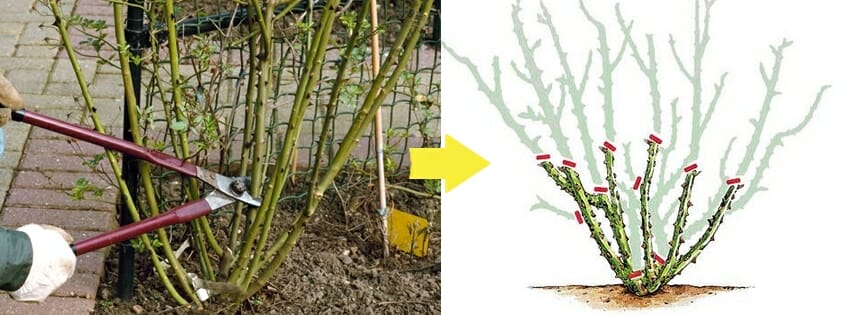
• Apricots are best pruned in Autumn, but you can still do it lightly once they have started flowering, which is right about now, to keep them tidy and manageable. Avoid pruning if your area has late frosts. (Pruning in Winter allows entry of bacterial gummosis in many stone fruit. More about this lower in the article). Other Deciduous fruit trees could also use a fresh trim now!
• Winter-flowering natives and non-natives can be pruned back and deadheaded to keep them nice and tidy. It is also a good time to prune back your evergreen trees to encourage new growth this Spring.
• If some of your potted plants have become overcrowded or looking sad, now is a great time to split them up and re-pot them. The sad-looking ones are usually root-bound and could use a light root trimming and potted into a bigger pot perhaps, or the same one with some fresh potting mix. Keep them partly shaded and protected for at least a week, then you can give them a liquid or foliar fertilizer feed. Also remember to remove the dead, damaged, and excessive growth to improve air circulation. Your succulents can be divided up and put into new pots. More plants!! YAY!
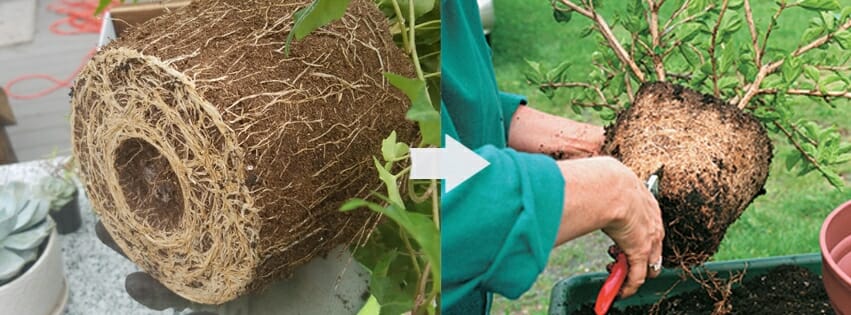
• Scraggy plants. In their prime, they looked fantastic! But now some plants are not performing well despite being pruned, fertilized, and taken care of. They are prone to disease and put your other healthy plants at risk. They could be old and have dwindling strength. Consider pulling them out and replacing them with something that will perform for you. Remember to rework the soil and let it settle for a week or two before putting a new plant there. If you are unsure if your plant can bounce back, you can always send us a photo of the plant with some details and we will give you some advice.
• Stay on top of the weeds and pull them out as soon as possible, as with the longer days they will start to set seed! And you do not want that to happen, as you will be fighting weeds all Spring and Summer long if they start dropping in your garden.
Soil, Fertilising, and Mulching
• If you have poor soil in your vegetable beds, with a couple of small Winter crops still growing, you could start harvesting and emptying the beds to prepare them for Spring vegetables. Throw in generous amounts of rich compost, manure and blood and bone meal and turn it over to mix it thoroughly. Let it settle for a week or two and it will be perfect for your tomatoes, eggplants, and capsicums during Spring and Summer. It is also a good idea to test the PH of the soil and amend it as necessary. Remember that the PH will change with the new additions so test it at various intervals. The aim is to get a neutral Ph of 6-7, which vegetables thrive in. Sulphur (liquid or pellets) and pine mulch make your soil acidic whereas lime and mushroom compost increases alkalinity.
• Over the winter the microbial activity in your soil is very low because of the cold. In the next couple of weeks, you can prepare some nice compost tea to give it a microbial boost for spring.
• Put some rich compost or well-aged manure around your fruit trees, to give them the well-needed boost for the Summer fruiting season.
• It is best to give some liquid feed to Winter/Spring flowering annuals every two weeks with a complete liquid fertilizer.
• You can put some fresh mulch around your plants to keep weeds at bay. If you are putting mulch for the first time, make sure to choose the right ones as they change the PH of the soil when they break down.
Pests & Disease
There are always pests and diseases lurking around, but we do not see them a whole lot in Winter. Thankfully the cold gets rid of a lot of pests and gives us a nearly pest-free garden until the temperature starts to rise.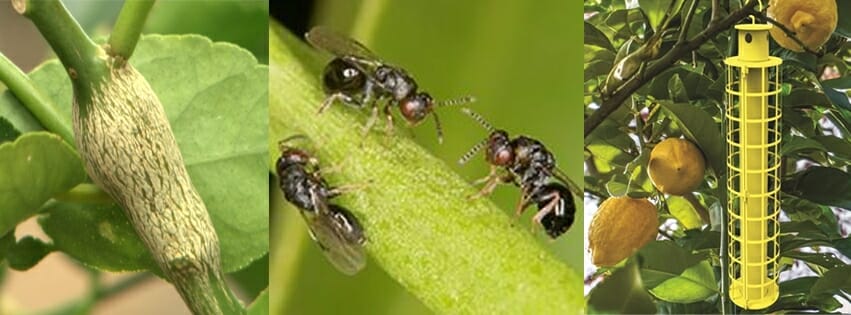
• Citrus gall wasps emerge in Spring, often timing emergence with the onset of a flush of new growth. You should inspect your citrus trees and shave off of any galls you see. Pruning the galls off, will only cause new tender growth in the plant, which will be more prone to attacks by the gall wasps. Some extra protection can be given with some wasp traps.

• There are a lot of fungal diseases that can attack your rose plants such as black spot, rust and mildew. If you have noticed any disease in the past, now is a good time to spray them with some organic copper based fungicides.
• Leaf curl is mainly a disease of peaches and nectarines, though it may also affect almonds and apricots. It’s caused by the fungus Taphrina deformans and occurs wherever peaches and nectarines are grown. Some symptoms are leaves that are entirely or partially curled, distorted, and are initially pale green in colour before turning red or purple. This will result in fruit that has raised, irregular rough patches, usually red in colour. Such fruit often falls prematurely. You can treat this with commercially available copper or lime-based fungicide sprays just during bud swelling, but before they have opened. Once opened it is too late to spray as the leaves will get damaged.
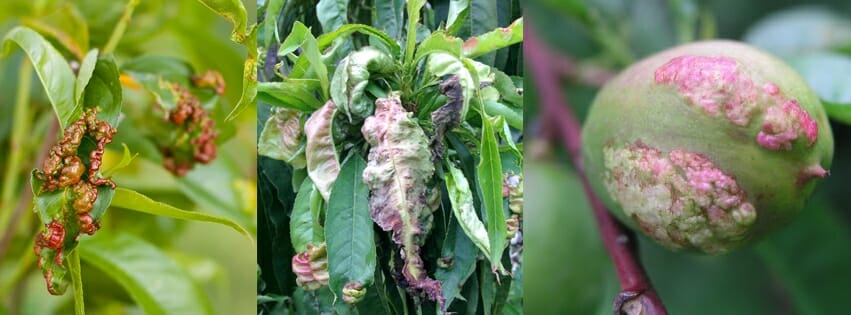
That’s all Folks!
You probably thought that there was not much to do in the garden at this time of the year, but hopefully, this article has given you some insights and motivation to get a smashing start to Spring! See you next month and happy gardening lovely people 🙂
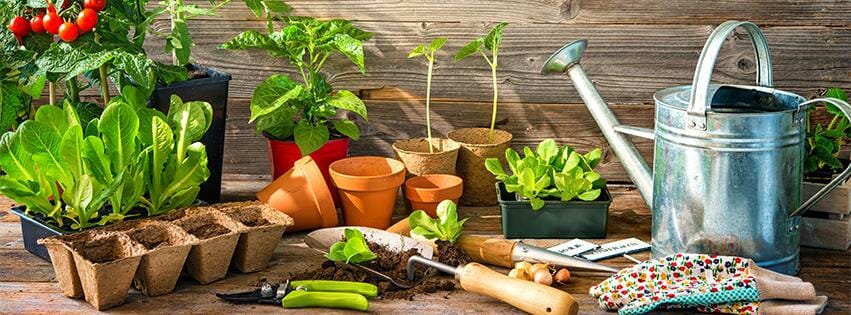
Gardening August 2021 Melbourne, Victoria, Australia.



